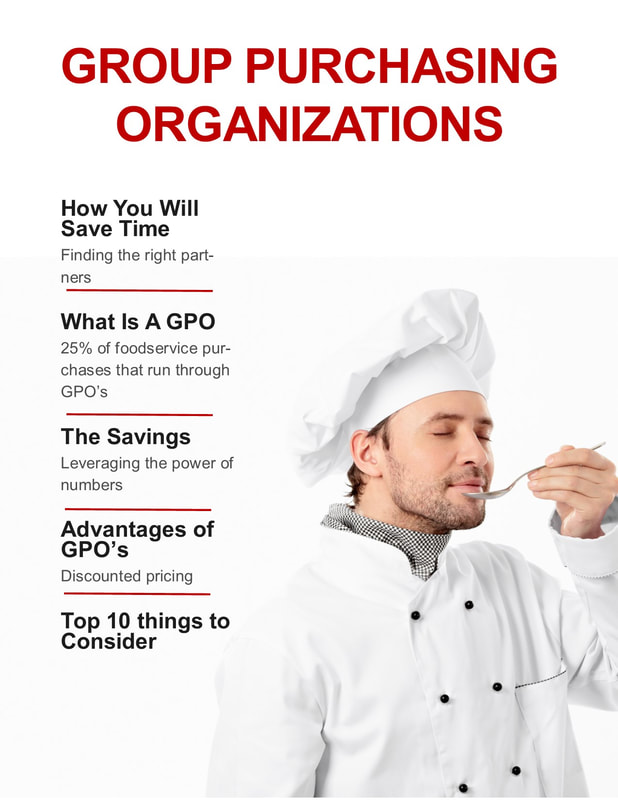|
No doubt, the past year has been more difficult for restaurants than we care to think about. But the turning of foodservice on its head hasn’t been completely bad. In fact, it has opened some doors – particularly for nimble, entrepreneurial operators who have a knack for posting enticing food photos on social media and the ability to use tech to set up ordering and delivery. As the New York Times reported recently, there has been an explosion of inventive take-out food concepts on Instagram lately as foodservice operators have begun promoting small, rotating, deliverable menus on the platform – and with success. Some of these concepts are based on ideas that chefs have dreamed of trying for some time, but others are simply a temporary means of keeping money flowing in to pay employees, cover rent and essentially stay in business in some form until the pandemic winds down. Some chefs are even working out of simple home kitchens. Whether you’re in the position to try pop-up concepts like this or not, they are evidence of the newly stripped-down list of resources a restaurant truly needs to function, which are important to remember for the long term. Operating a restaurant is no longer about real estate but about being able to reach your customers where they are – and using the range of tools at your disposal to help. First, focus on making it easy and fast for customers to order from you online. Think about how you can profitably get food to customers – whether by aligning with a third-party vendor, offering a scheduled weekly drop-off of food (ready to eat right away or freeze), or even just making curbside pickup more appealing. Mix up your menu and promote the changes online – when you rotate new items through on a regular basis, you give your customers a reason to look for your updates each week and you naturally create new reasons to post those updates on your social media, website and email newsletter. Finally, take food photos that sing. You can do this on your mobile phone – just opt for warm, natural light, use a reflector or simply a light piece of paper to soften shadows, use color and contrast to make the food pop in the image, and add some simple decorative (or brand-specific) elements to elevate viewers’ perceived experience of eating your food.
Comments are closed.
|
Subscribe to our newsletterArchives
June 2024
Categories
All
|





 RSS Feed
RSS Feed